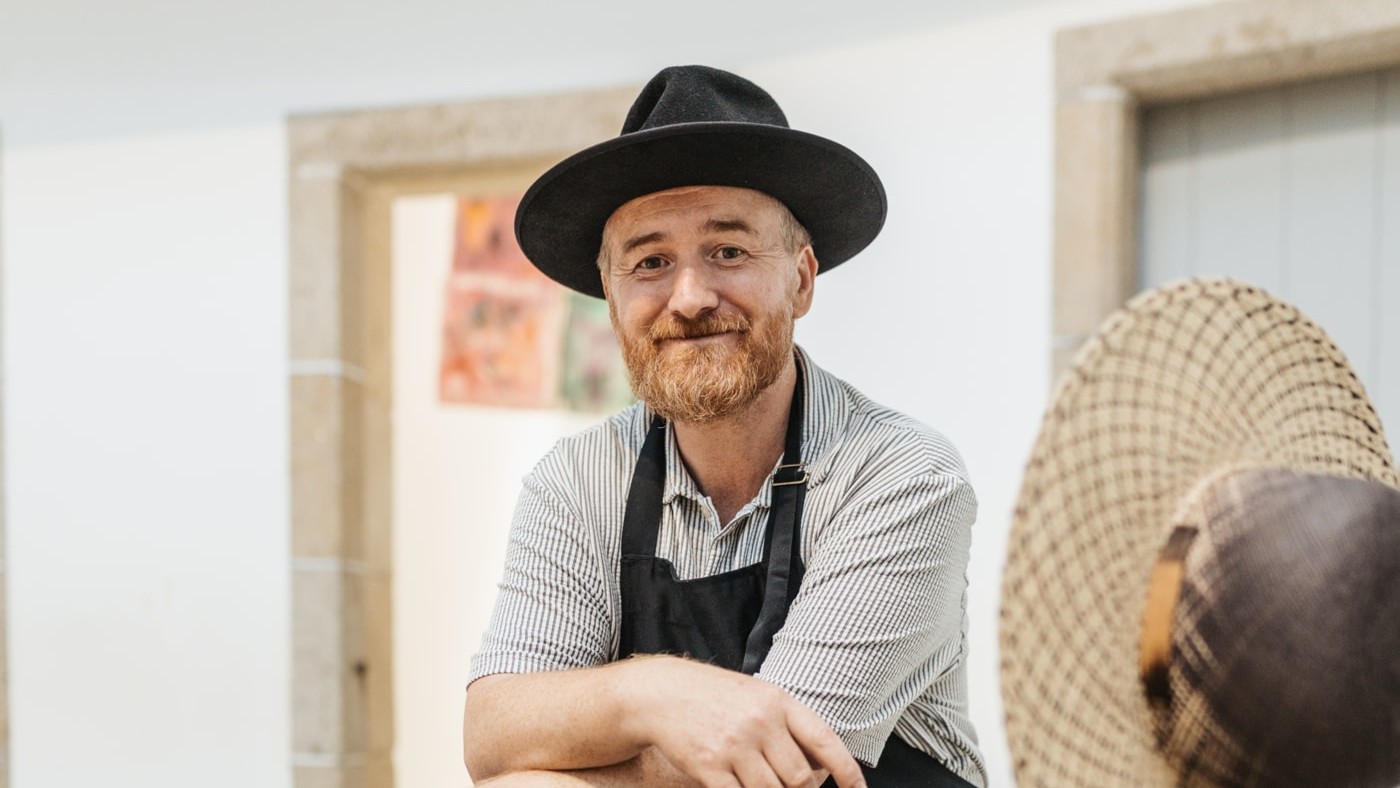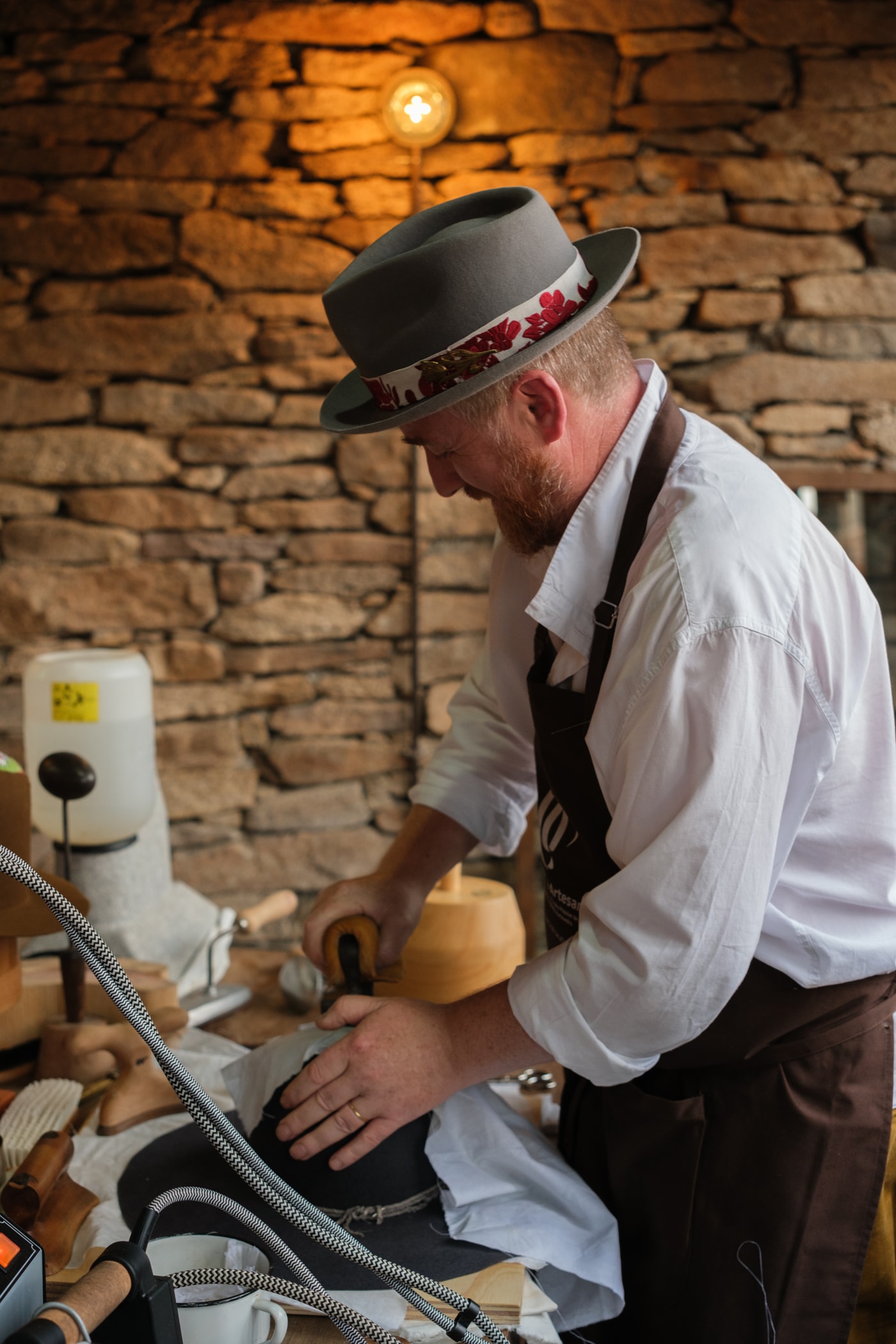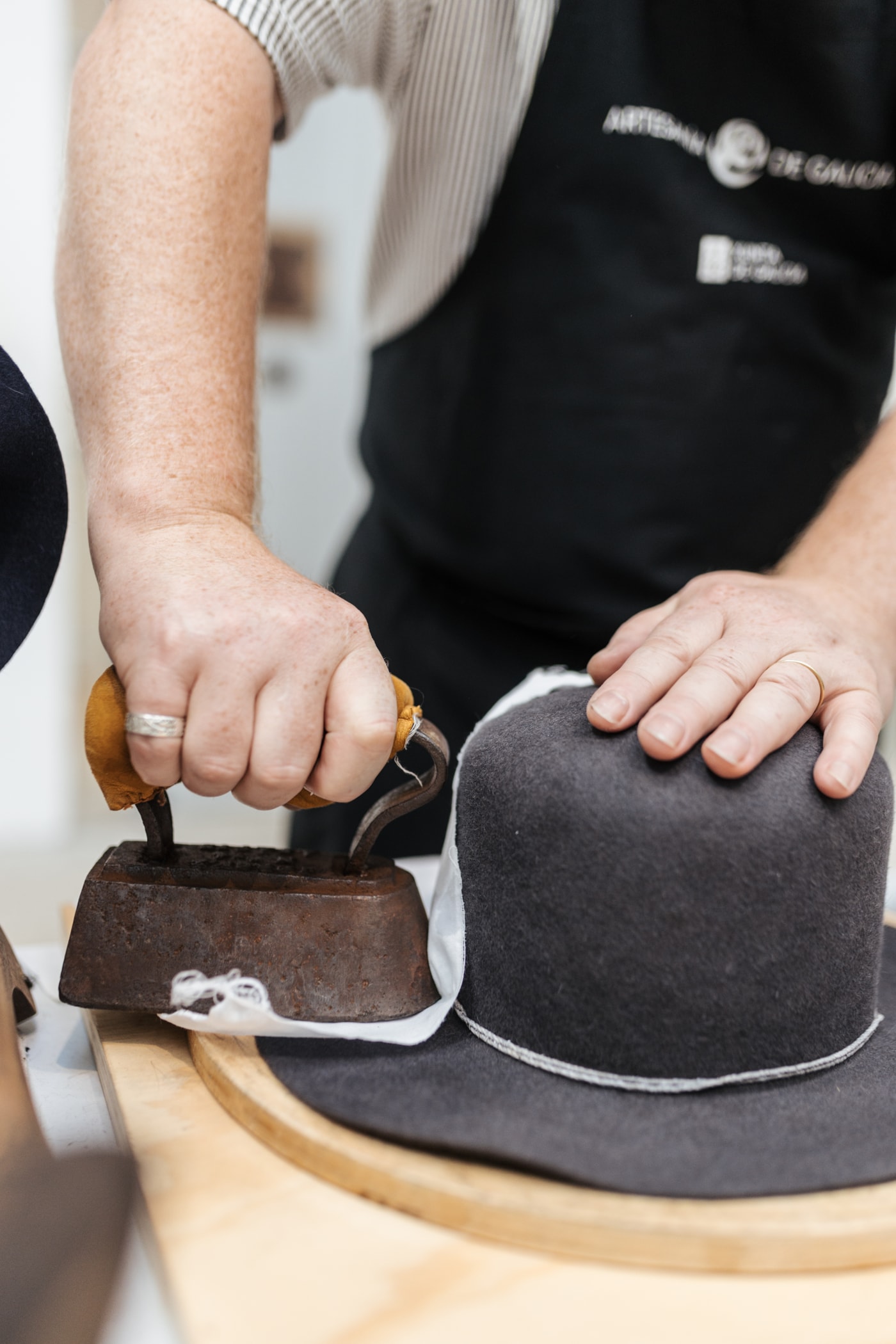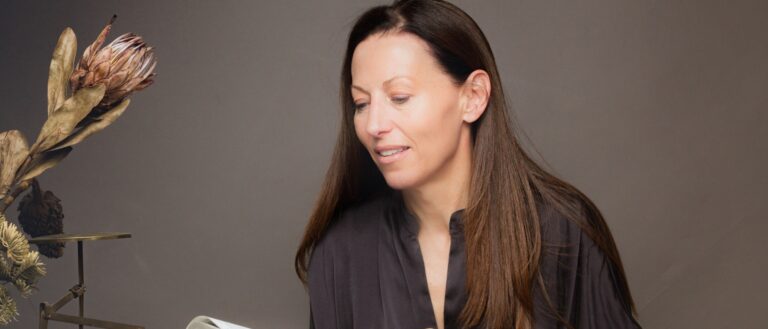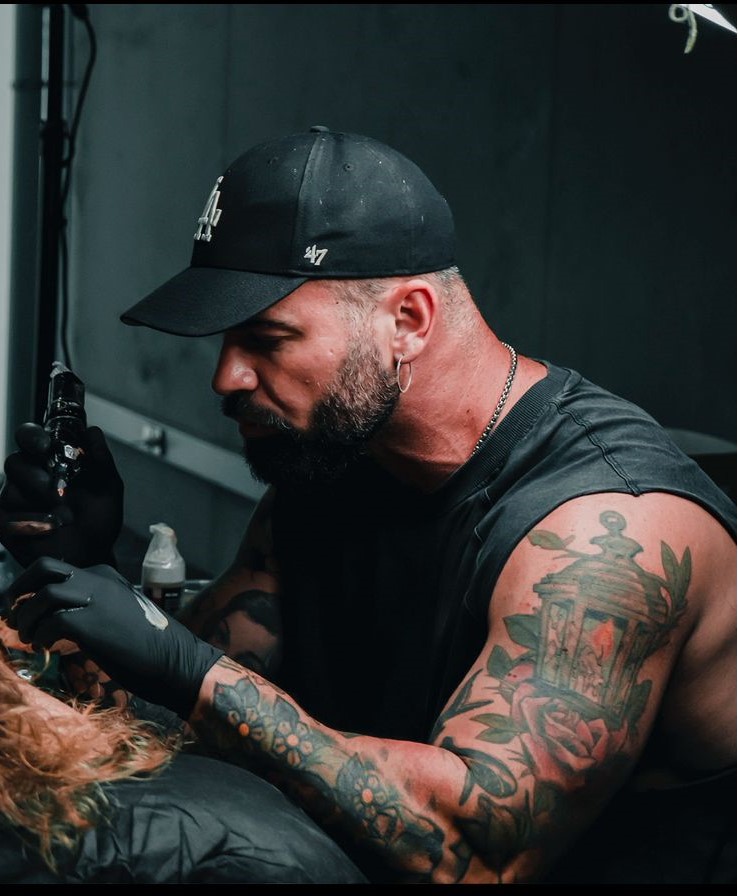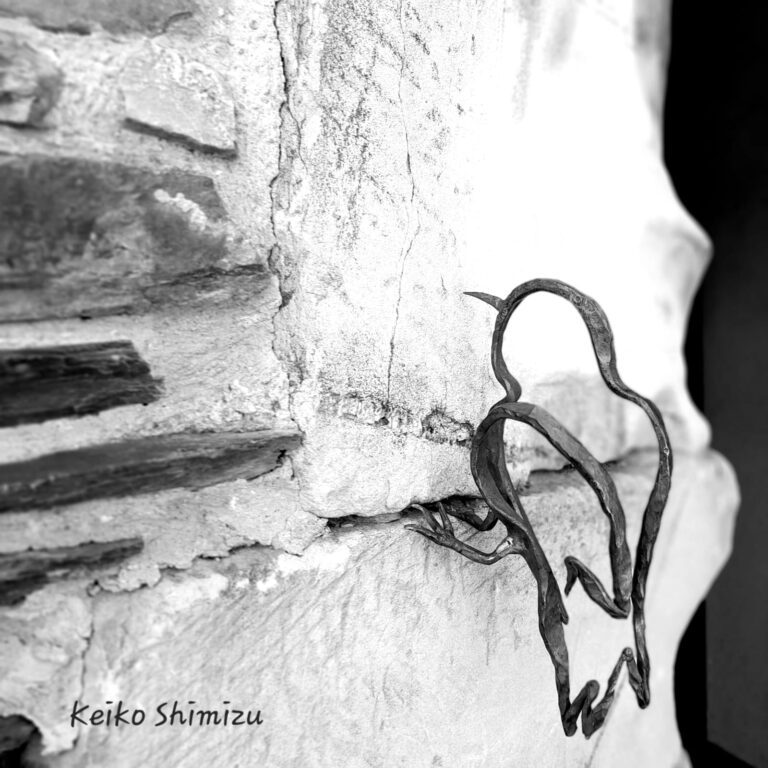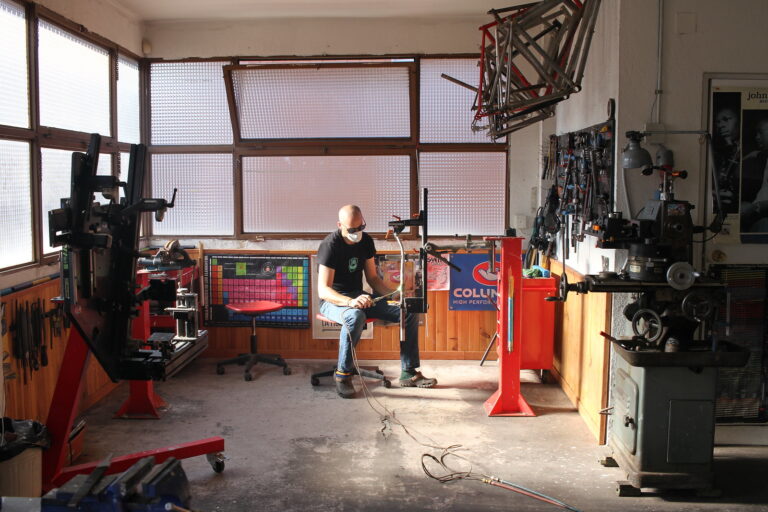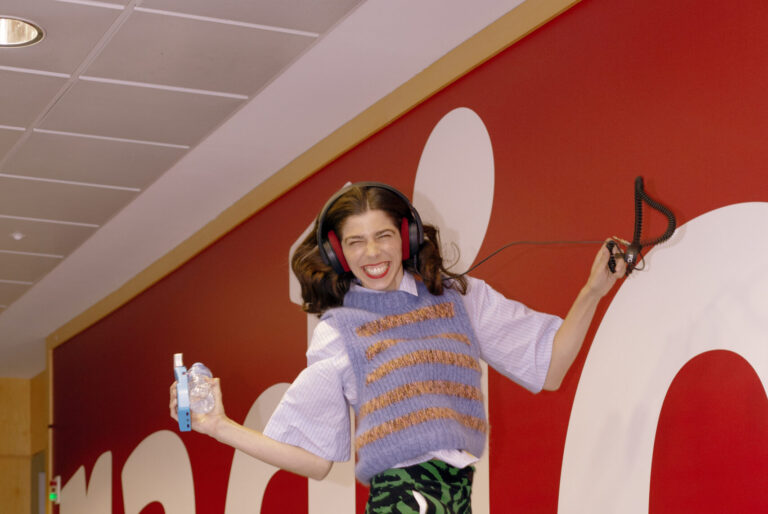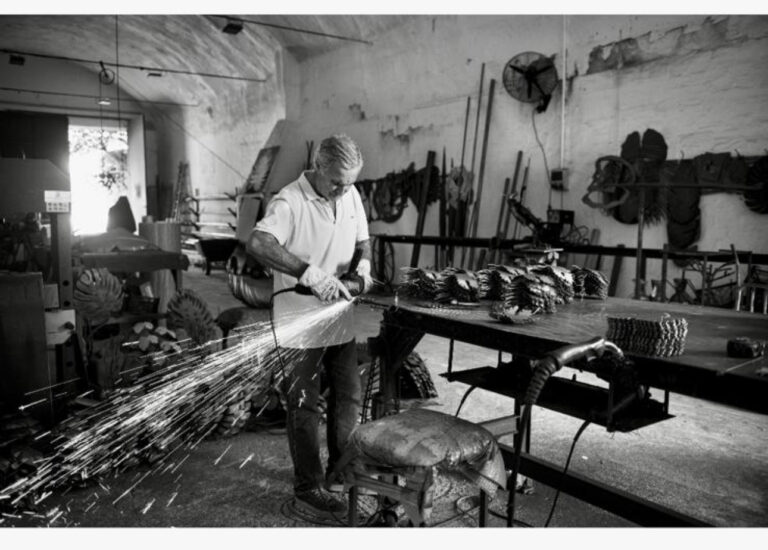Félix de Martín
“Whoever says that hats don't suit them, it's because they haven't found their own yet.” This is how this Galician craftsman refers to people whose intention is to dress their heads. And he's not wrong.
The prestigious European firms don't pay attention to a craftsman if they don't have good reasons, and this small workshop in Orense doesn't do things lightly but rather studies the heads and their owners before getting down to work. It's “total craftsmanship,” which knows the client and their lifestyle, their personality, and the use they're going to give to the piece. And once that information has been gathered, the article is made, in this case in the form of a hat, with good technique and a lot of care.
Today, Félix de Martín, the heart and hands of this project, tells us more about his life and work:
Hello Félix, how did it all begin?
The truth is that I can't say for sure how this adventure began. I think I am an example of life guiding you if you know how to listen.
I don't have a history of hat making, as far as I know, but at home, the relationship with sewing was always very close. I was fascinated by fabrics and what could be done with a piece of cloth, thread, and a needle. Years later, during a sick leave, sewing came back into my life and I began to take an interest in hats.
I first trained in a workshop in Madrid where I fell in love with the trade, and then I continued training in hat making and men's hat making. Until today, where every day of work is a day of learning.
Sometimes people come into your workshop. How important is it for you to teach and spread the trade?
Fundamental and essential. I think that the future of the trade of hat makers has to be based on spreading the profession, showing the workshops and altruistically training the students. In Spain, there is no formal training for this trade, and the only way to develop yourself is through one-off courses or more or less long stays in workshops. If in these trainings the teacher is not generous with his transfer of knowledge and ways of doing things, the trade will be diluted with poorly trained craftsmen and pieces of poorer quality.
On the other hand, the hat is such a special object that many people want to use, but don't dare. It is in this absurdity that we have to focus by showing our work: how, why, and for what we do it, what tools we use and how we use them, how it can change your appearance, your physiognomy, and even your posture by wearing the right hat and how to know how to choose it. Information gives security and security removes the fear of the ridiculous absurdity that many people think of wearing a hat.
What I hear most often inside and outside my workshop is “I love hats and I look good with them, but people look at me,” and my response is something I also hear from those people who look: “I love seeing people who dare to wear hats, I wish I dared”.This is the circle we must break.
Do you have any hobbies outside of your work?
Cooking is my passion. For me, cooking for others is giving and the best way I know to show affection. Another hobby that I can dedicate time to is gardening and the vegetable garden. Working with the land is becoming aware of reality and it helps you put things in their order of value. It is working with time, with the cycle of the seasons, with the climate… it should be obligatory, it would certainly save a lot of therapy.
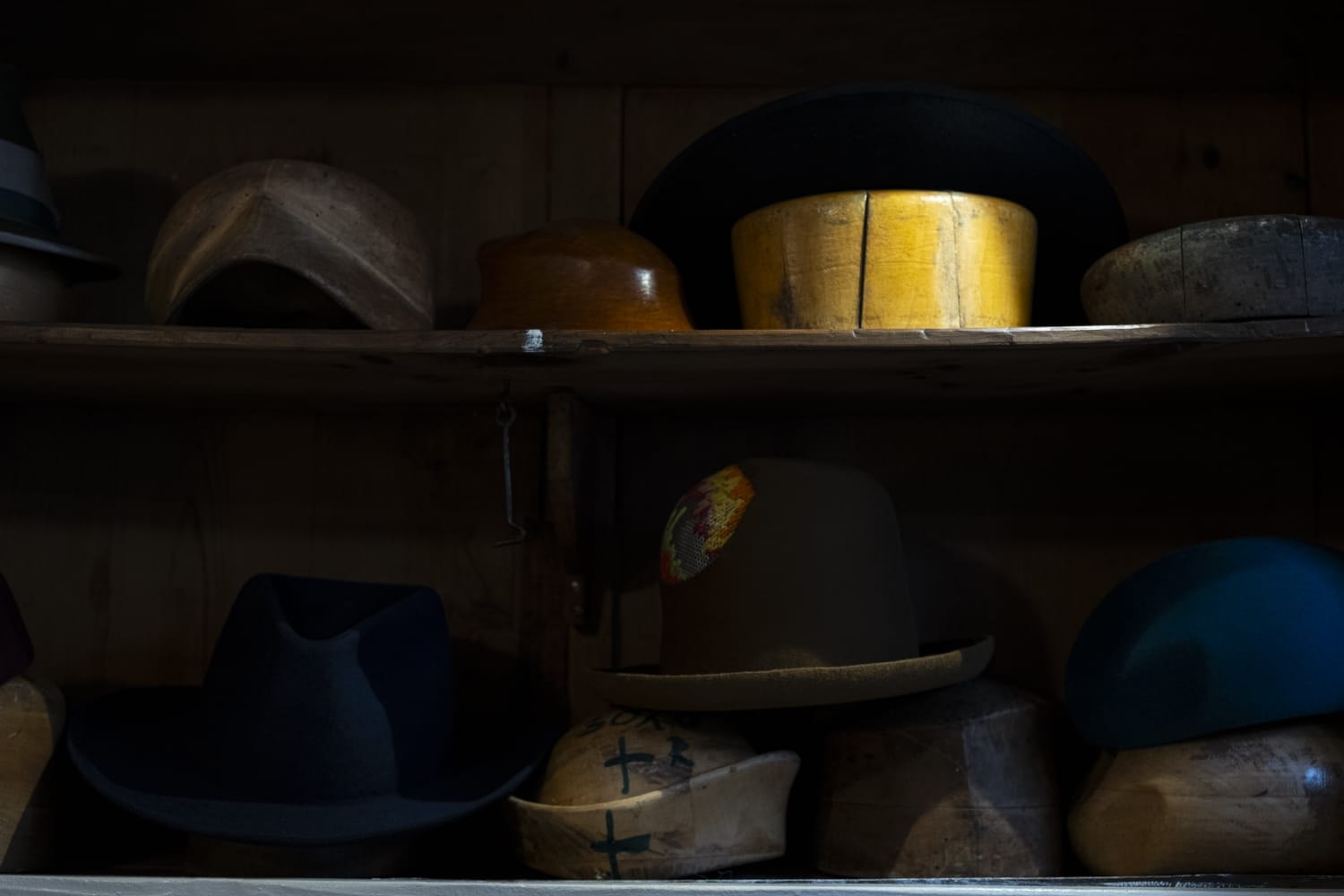
What do you think is the furthest place where there is a hat of yours?
I think there are two pieces that the Nantong Fumei Hat Museum in Nantong (China) recently acquired. There are also pieces in the United States and show pieces that have arrived in Japan with the company.
What music do you listen to while you work alone?
Well, I am quite eclectic in that regard, it depends on the day or the hat I am working on at that moment (sometimes silence is the best music), but most of the time what is playing is classical (especially chamber music) or jazz, although as I say I am very eclectic and music is very important in the workshop and my life.
In your family home, there were threads and fabrics that you played with as a child. Is there a mentor for whom you have an indelible memory?
I have never had the figure of a mentor as such. Although there was the figure of a workshop manager, I could not consider it mentoring, but I do have a special memory of the first workshop in Madrid where I came into contact with this craft.
What materials do you use most often in your creations?
The wonderful thing about this profession is that it allows you to experiment with all kinds of materials and techniques when creating, although I have a special fondness for felts, sewn straws, and working with feathers.
Do you have a preferred piece format?
I really like making men's hats, although technically and out of fascination, the turban is one of my favorite pieces, as it allows for a great variety of techniques and materials. A turban would be like a piece made with moulage in sewing. moulage en costura.
What is your favorite corner of Galicia?
What a question! Galicia is so diverse and rich in natural and cultural heritage that I couldn't choose just one, but I would say the Barbanza mountain range and the whole of Arousa Norte.
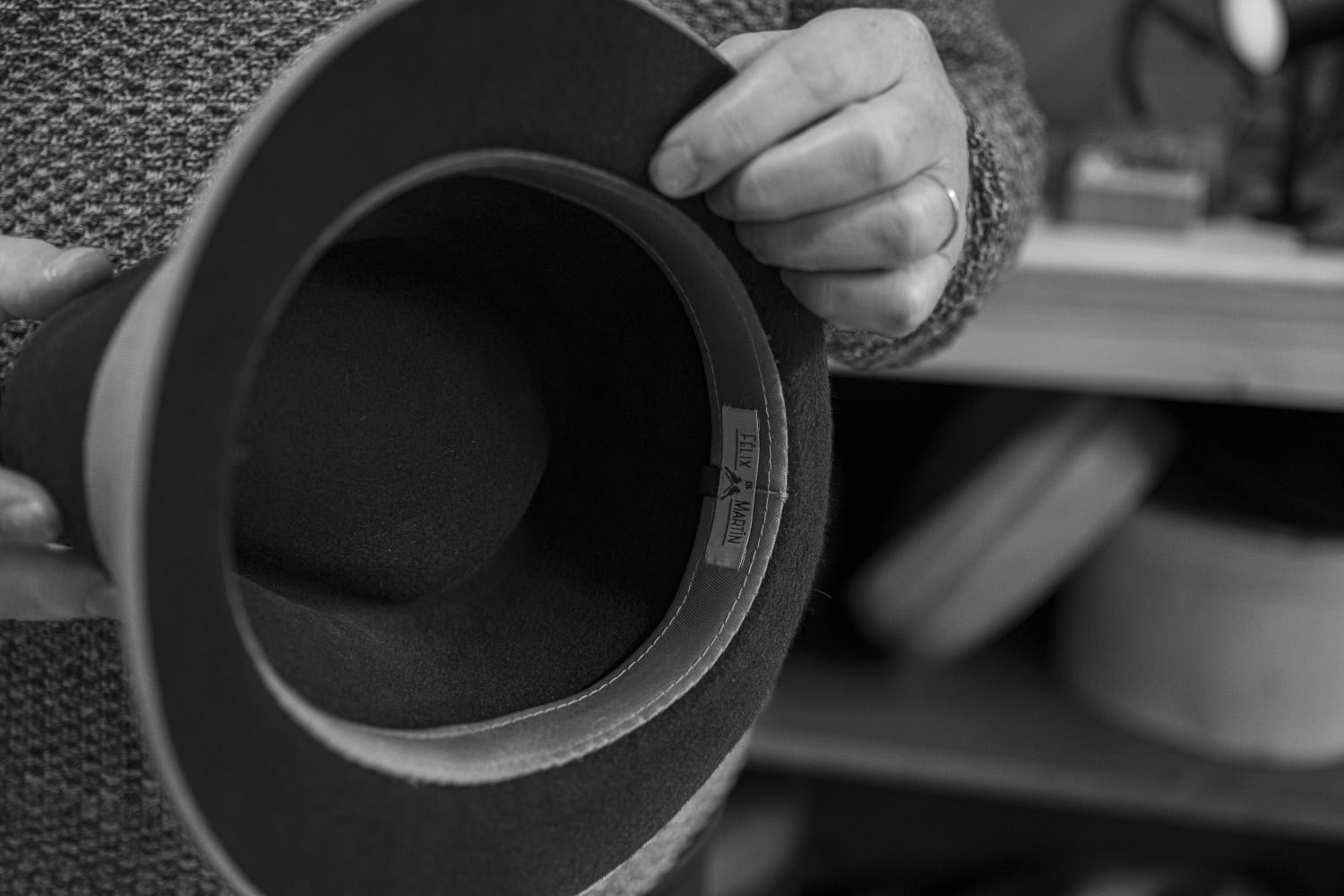
In world iconography (art history and film culture), many characters with hats come to mind. Do you have any that you prefer? Why?
On the one hand, whenever I think of Greta Garbo I see her with that Adrian hat, as much of a protagonist as she was in “Ninotchka”. She was one of the women who best knew how to wear a simple beret. On the other hand, Humphrey Bogart is unmistakable with that medium-brimmed, high-crowned fedora that Borsalino made for him and that he knew how to wear so well. Both made the American style of hatmaking a statement of intent.
Our previous protagonist, Javier Martín Galán, left this question for the next one: Where did you spend the best vacation you remember?
Well, curiously not far away, in Laxe (Costa da Morte), in a little house on the beach a few years ago.
Can I ask you to leave us a question for the next guest?
Yes, how do current events influence your work?

